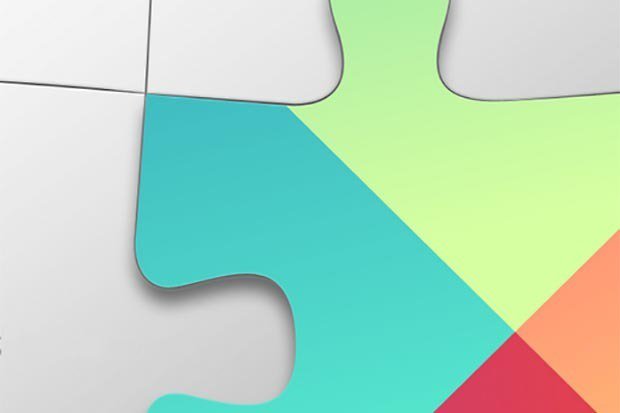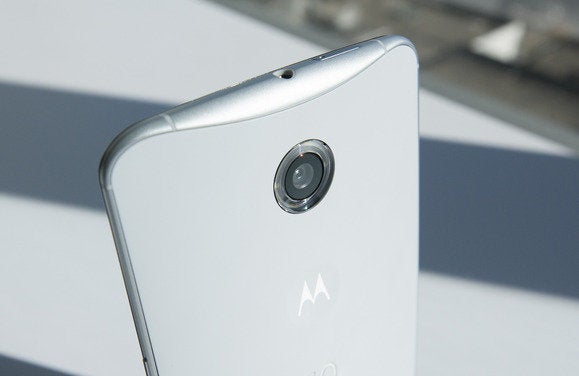Sometimes it sucks being an Android user. You never have the same version of Android as your friends, you’re often left out in the cold with a phone or tablet that’s one version of Android behind everyone else.
st kidding—it doesn’t suck. The breath of hardware software choices is one of the things that makes Android great. The good news is that Android is now at a point where 65 percent of its users are on a version of Android that’s no more than two years old, while 40 percent are enjoying Android KitKat. Those are great figures compared to the way that things were divvied up just a few months ago.

Android adoption rates between August 2014 nuary 2015. Note the huge jump in KitKat adoption, long after release.
Of course, there is bad news. (There’s always bad news.) Android 5.0 llipop may have launched back in November, but at this point it’s barely managed 0.1 percent marketshare—that’s so few devices on llipop, that didn’t even bother to put it on the Android Developer Dashboard chart.
Sure, that’s bad, but you don’t have to panic. The reality is that it takes about three months before the latest version of Android starts catching on, in a few more months we’ll hopefully see the percentage of llipop users climb rapidly. Software updates certainly take longer on the Android platform than on others, but it’s not that big of a deal. Instead of lamenting about why we don’t have llipop yet, why not focus on what’s being done to get us all there?
It’s the reality of being an Android user

Being an Android tablet or smartphone user means ya gotta wait a bit for your software update.
It’s true that as an Android user, it takes a really, really long time to get the latest version of Android if you’re not getting it directly from . And when you finally do get it, sometimes it arrives busted up because of what the carriers have done on their end, or it’s filled to the brim with unnecessary bloatware.
Fortunately, there are ways around this, you don’t have to stick to your carrier’s update cycle if you don’t want to. If you’re brave enough, you can even take matters into your own hs either upgrade your Android device yourself or flash a custom ROM.
If you’re not willing to go that route, there’s absolutely no harm in patiently waiting for your carrier or manufacturer to push the software update to your device. Third-party manufacturers like HTC Motorola have been transparent about when you can expect a software update from them for their devices. HTC also offers a nifty infographic that explains why the update process takes so long. In many cases, it’s the carriers that hold everyone up.
It’s not about the OS, but about the apps services

ay services plays a large part in updating the Android software.
knows you hate waiting, which is why it’s focused on changing the way Android is updated. Rather than rely on one major software upgrade—as is the case with rival OSes like iOS ndows one—you’ll start to see some major changes as individual applications receive their updates.
These updates are normally applied to the stard suite of apps, like Gmail, Maps, us, but it’s also applied to “under the hood” apps like ay services. Even if you’re running last year’s version of Android, you’re still reaping the benefits of some new features, As, security updates. And though you won’t have access to things like forced encryption (you can encrypt the device yourself) or llipop’s nifty new Notifications feature, you can fake some of that with third-party apps while you wait.
Not that many people bought new phones

There aren’t too many new devices out on the market that come with llipop right out of the box.
One of the reasons that llipop hasn’t been widely adopted yet is because there aren’t many new phones that come installed with Android 5.0 right out of the box, those that do are still a little too pricey. The Nexus 5, which helped bring KitKat into the realm, starts at $350, while the Nexus 6 starts at a whopping $650—almost double what most of ’s unlocked phones have cost in the past.
It’s also been a relatively slow smartphone update cycle. Manufacturers are getting more organized about when we should expect device updates (except for Sony, apparently), there were no other major top-tier phone launches following llipop’s worldwide release.
OK, so when will my phone be updated?
Believe me when I say that I’m sorry I don’t have a better answer for you. did so much to try to get Android updates out faster; it even launched a preview program for llipop over the summer so that developers could start building applications for it early, phone makers could start building their custom firmware. None of that seemed to help, however, a majority of us Android faithful are still stuck waiting for our llipop update.
At least is still working out the kinks to get a better software update process in place. As for the 20 percent jump in KitKat adoption numbers between August 2014 nuary 2015, it was likely a result of device trade-ins users upgrading their phones tablets to something more recent. So as the new cycle of smartphones tablets hit the scene in the next month a half, the popular phones of last year finally get upgrades pushed out by carriers, we can expect llipop’s numbers to increase considerably. But for now, there’s no need to worry about why so few people are running llipop just yet.


















